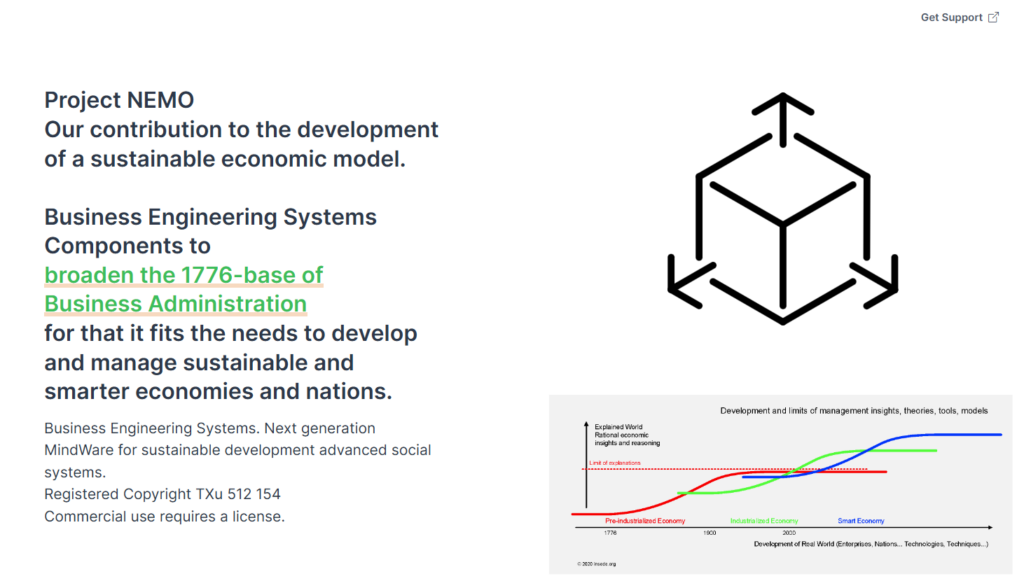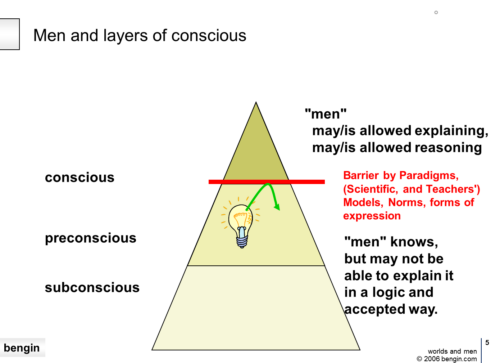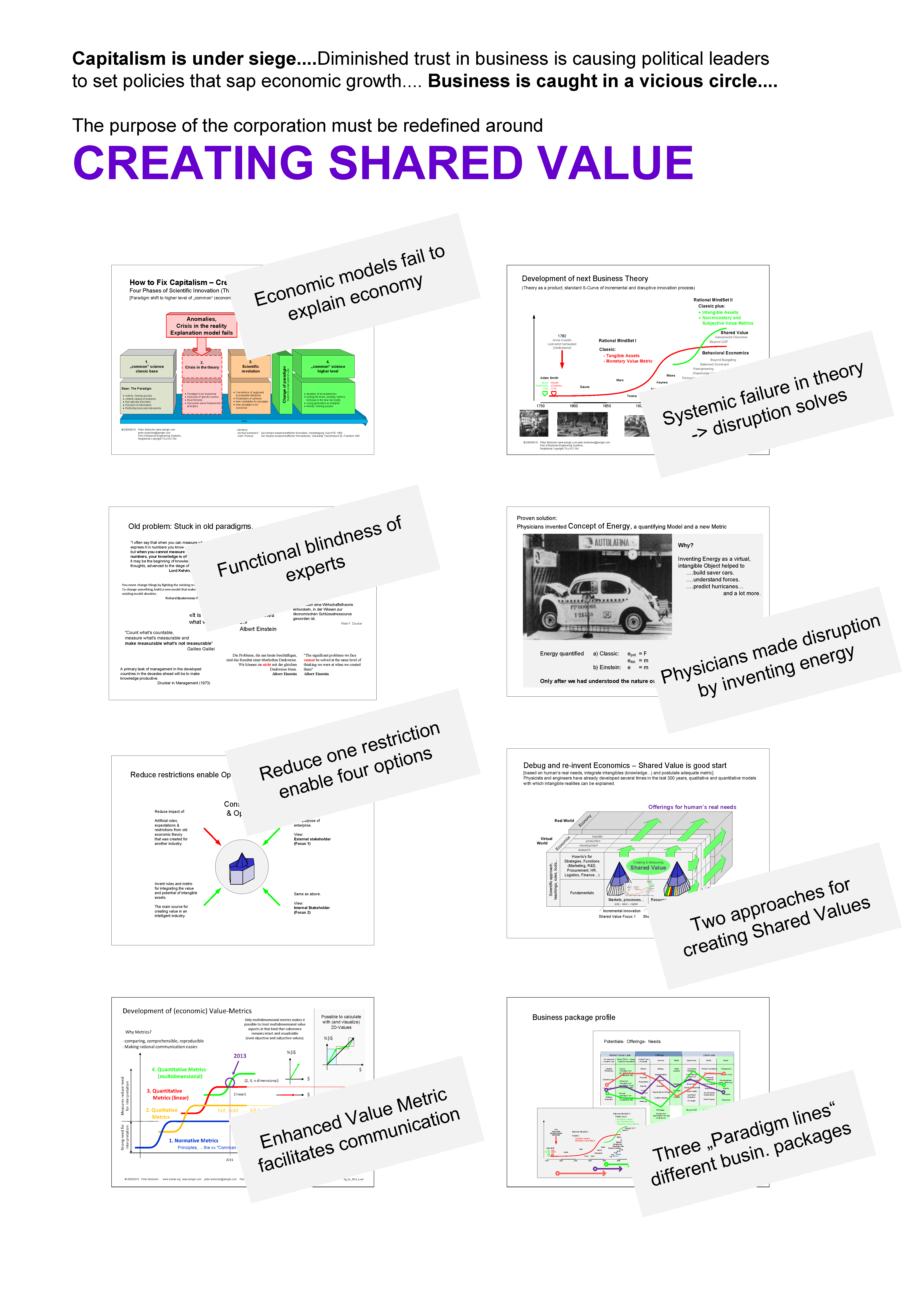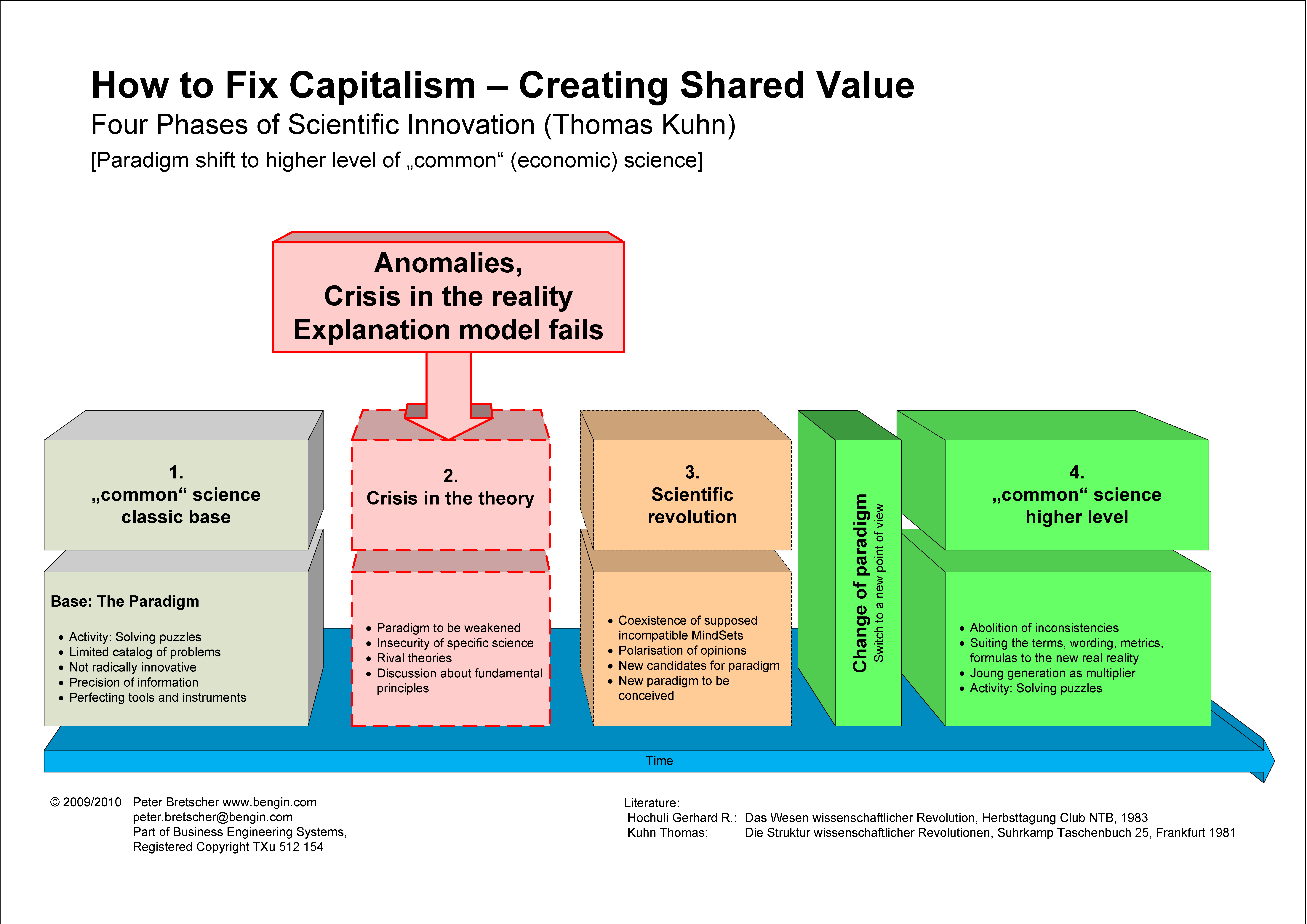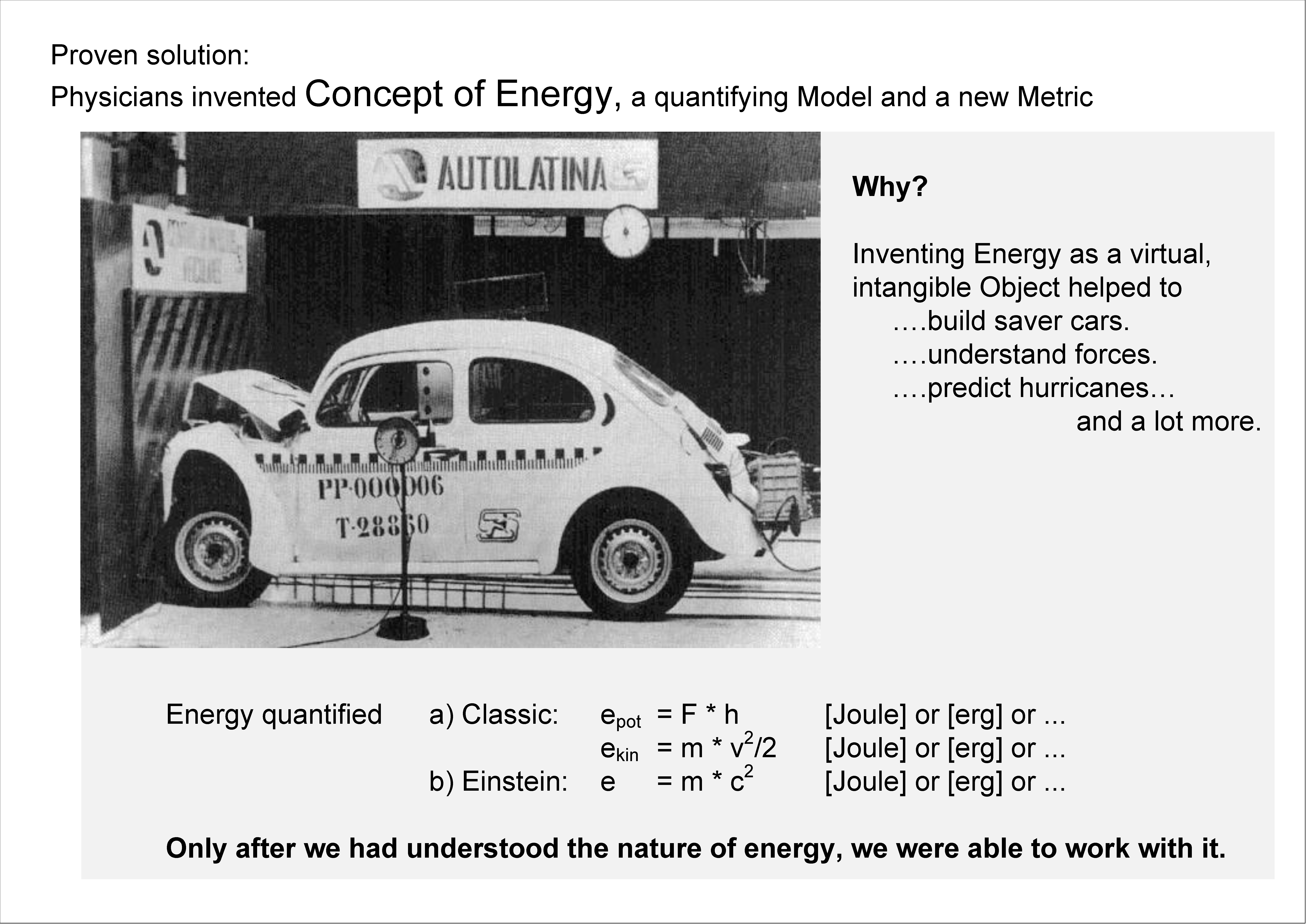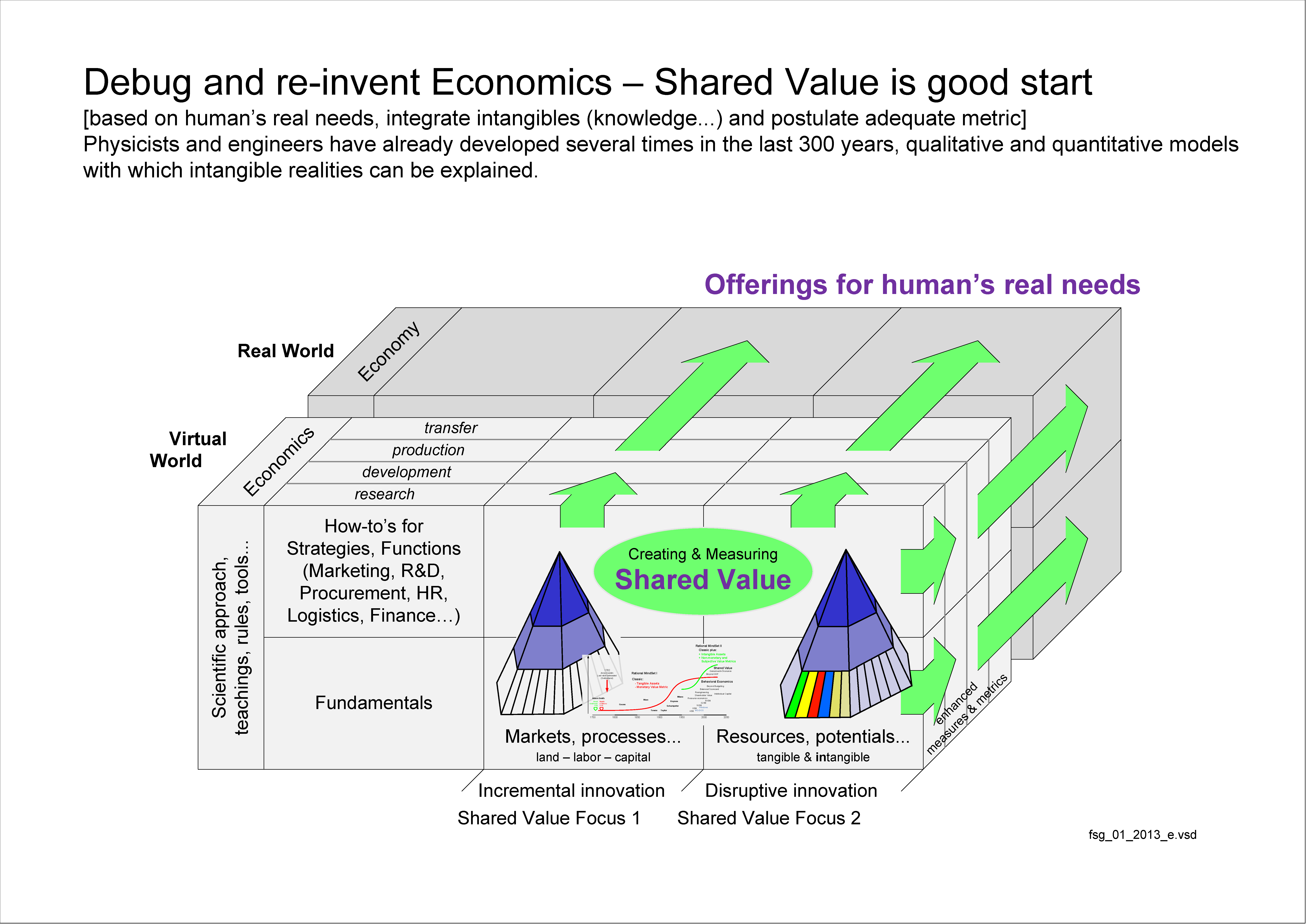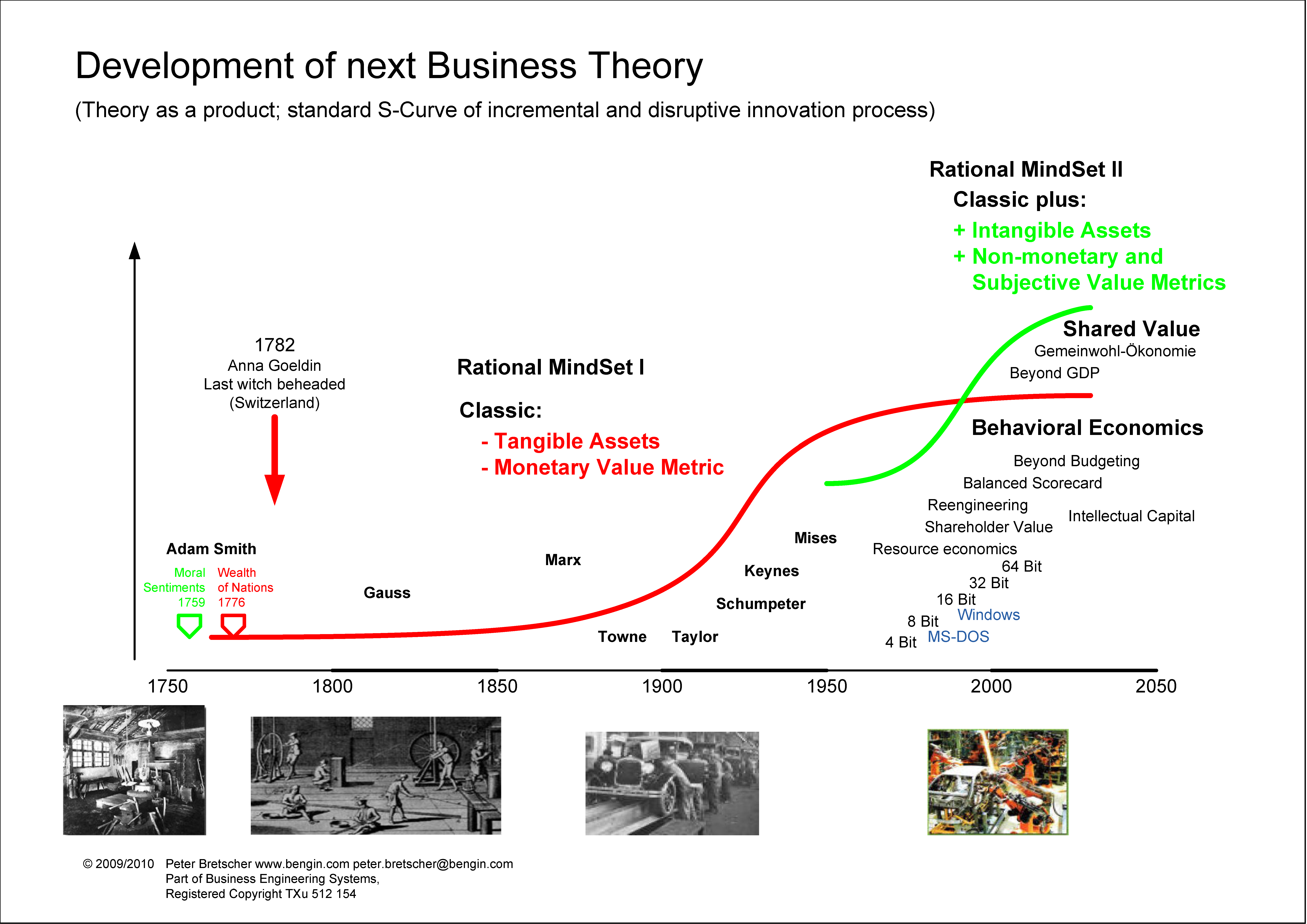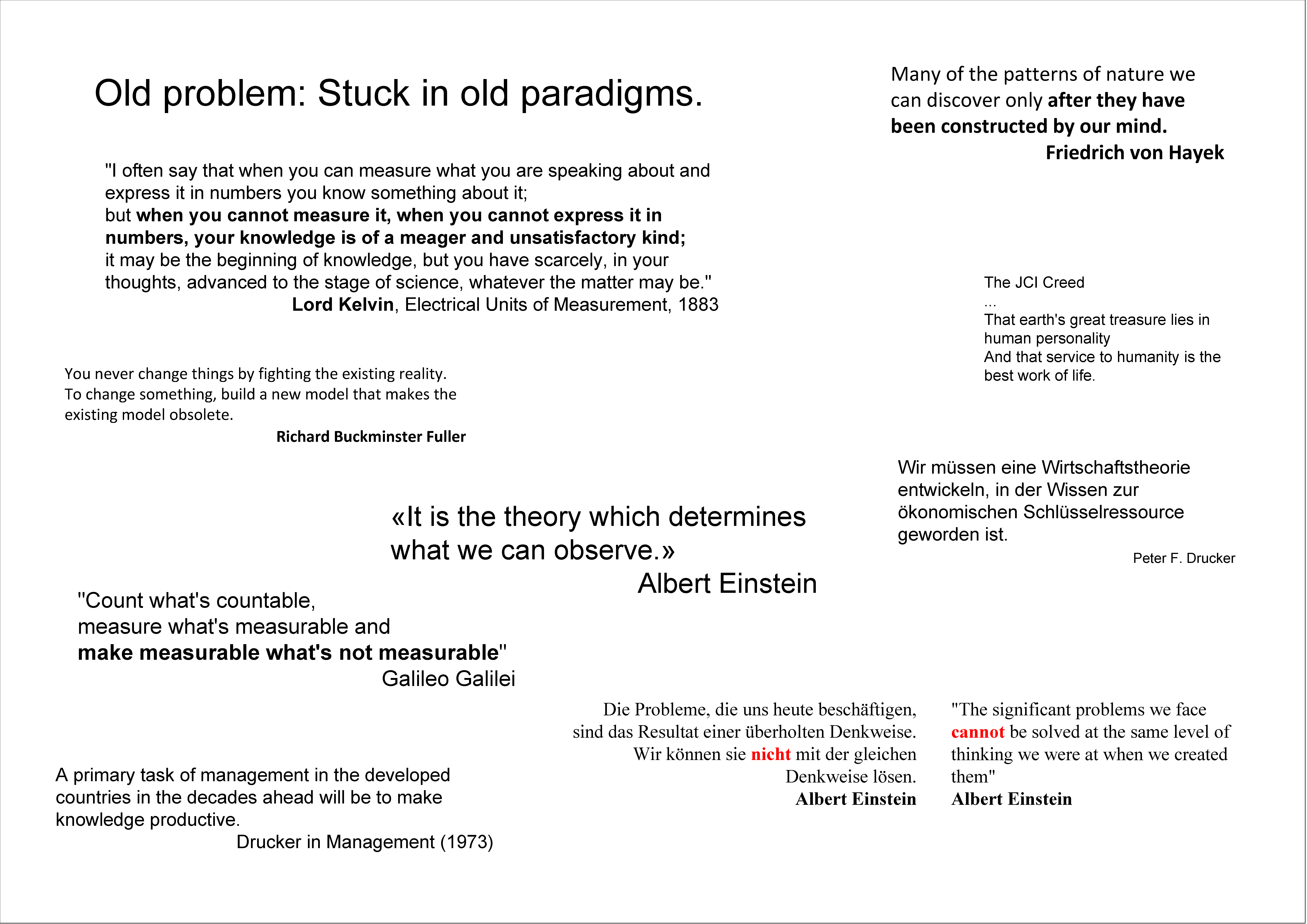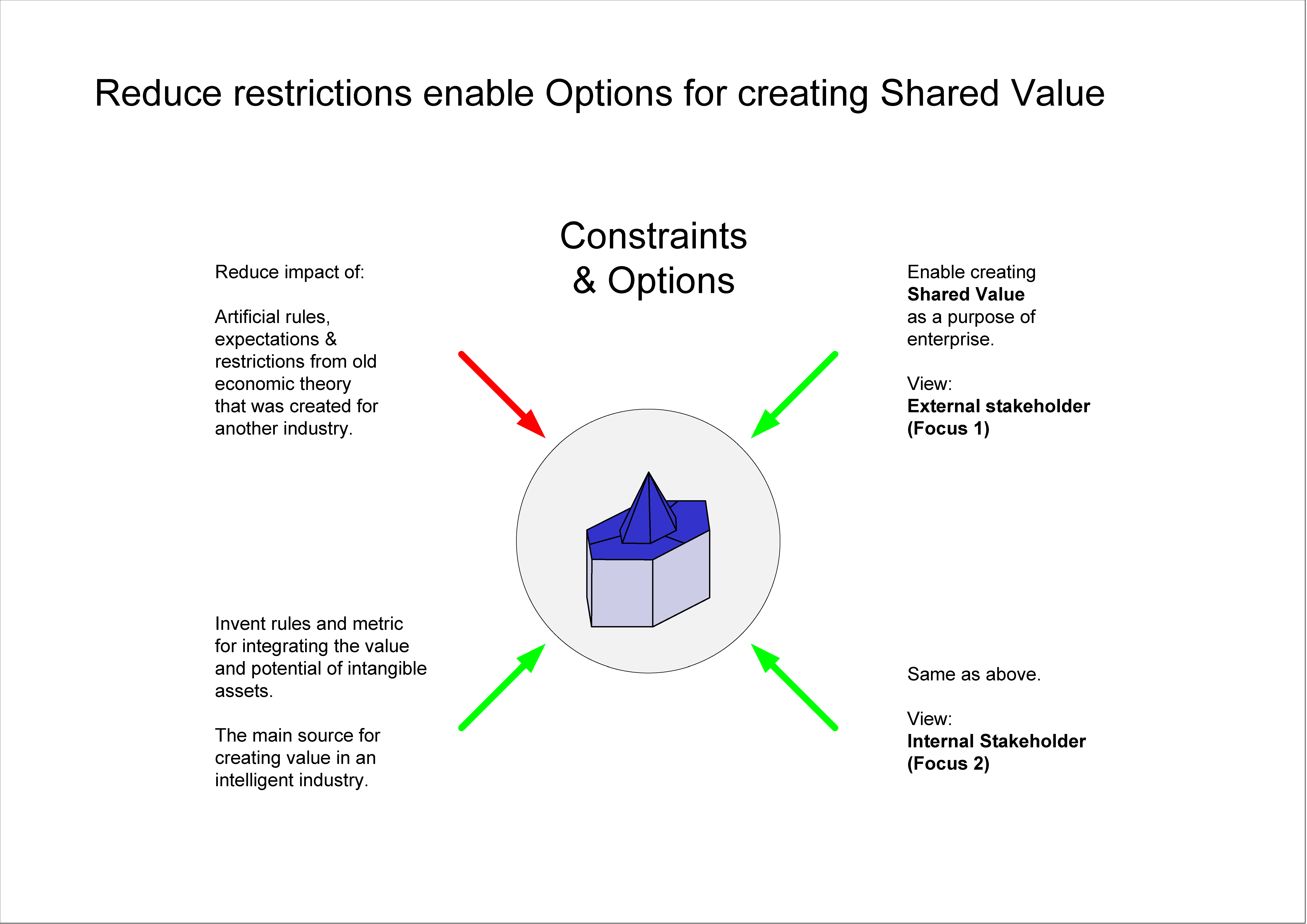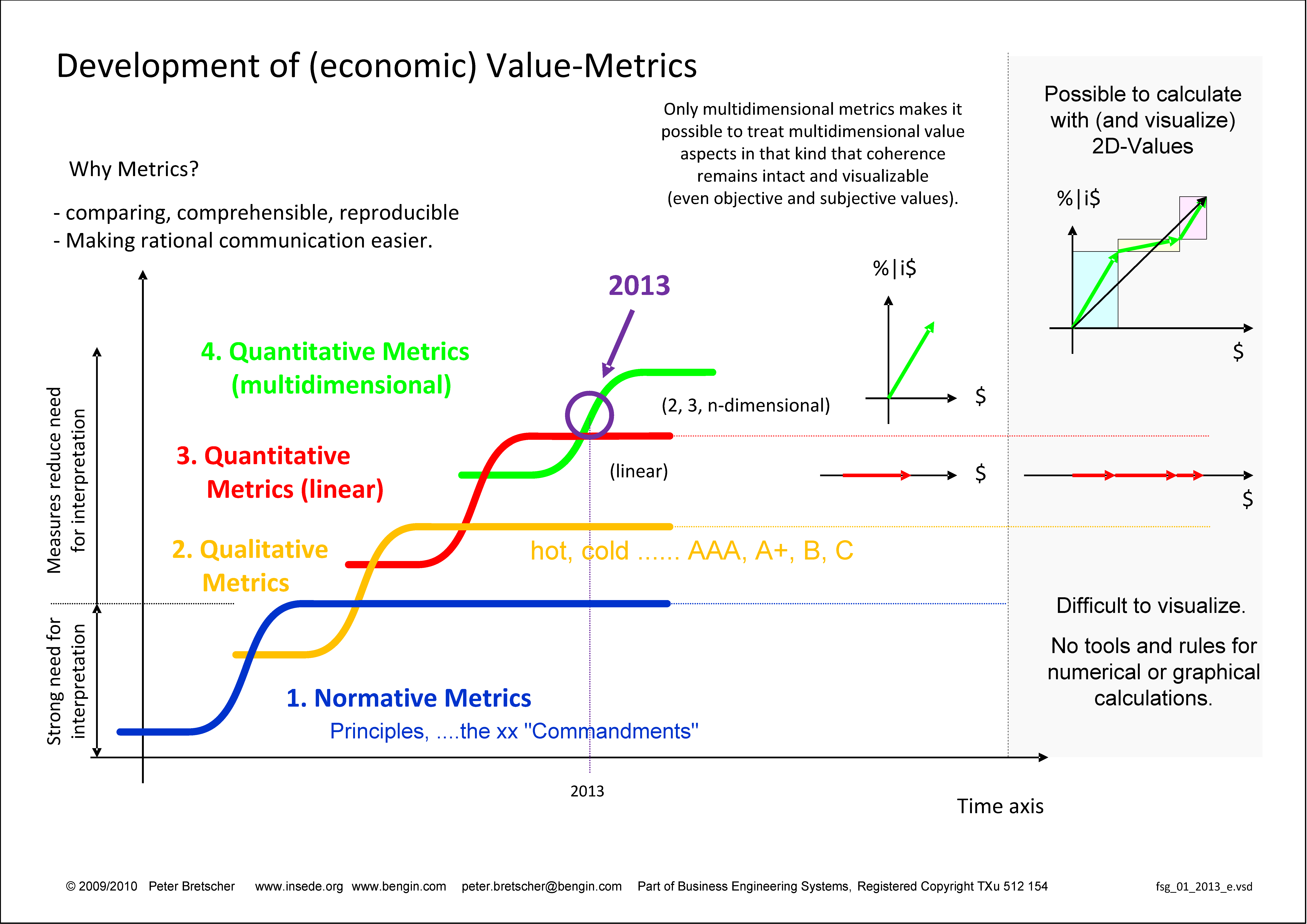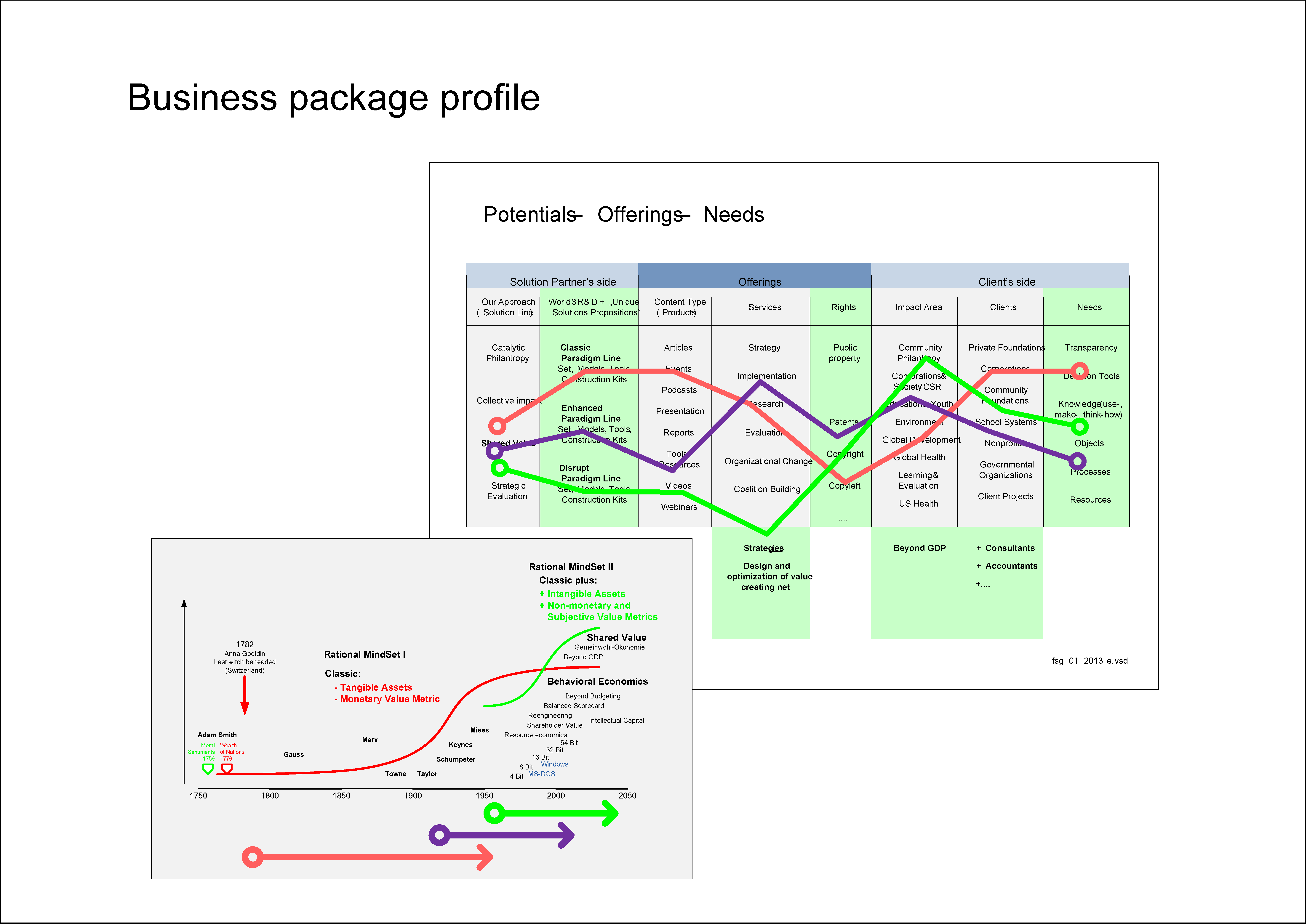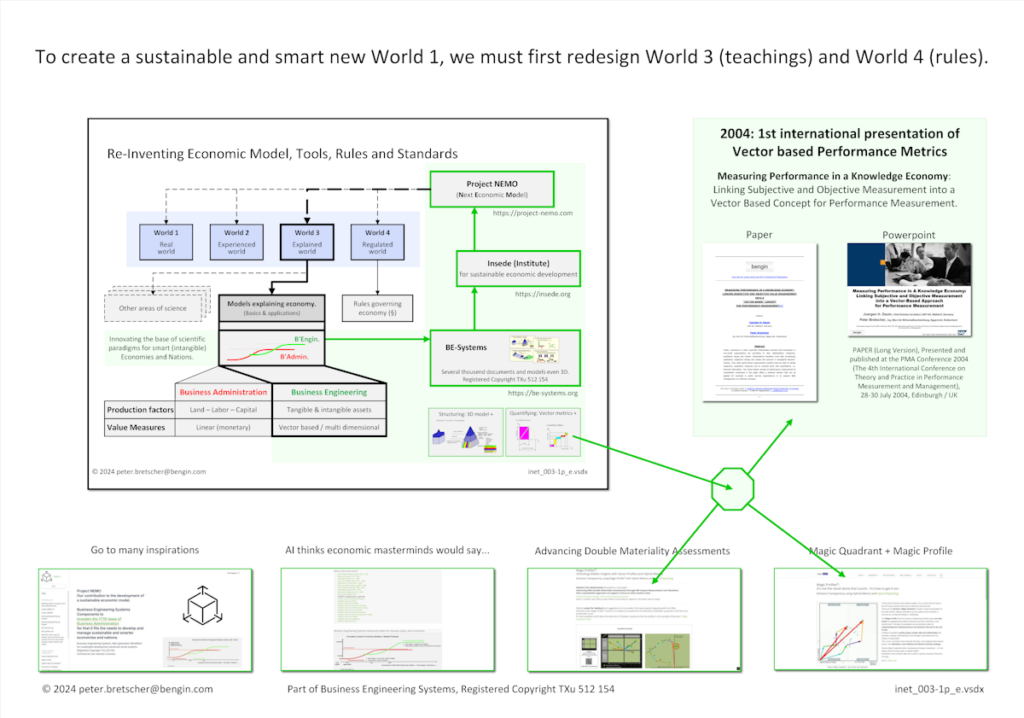
In the relentless pursuit of economic growth, the traditional models have long clung to the tangible: land, labor, and capital. These are the visible cogs in the machinery of production and wealth. But what of the intangible? The knowledge, the innovation, the subjective measures that drive forward the modern economy? They have been largely ignored, and this oversight is not just an error—it’s a destructive force that undermines the very fabric of sustainable development.
Enter Project NEMO (Next Economic Model) and the INSEDE (Institute for sustainable economic development). They dared to challenge the status quo, presenting a radical rethinking of economic models at the PMA Conference in 2004. Their proposition? A vector-based performance measurement system that integrates both subjective and objective metrics, a bold move away from the linear, monetary-focused metrics that have dominated for so long.
But let’s be clear: this is not just about adding a few new variables to the equation. This is about a fundamental shift in how we perceive value and success. The traditional economic models are like old maps in the age of satellite navigation—they show you where you’ve been, not where you’re going. They are relics of a bygone era, unfit for the complexities of a knowledge economy where intangible assets hold more power than factories or financial capital.
The Business Engineering Systems (BE-Systems), with their 3D models and multi-dimensional metrics, offer a glimpse into a future where economies are smart, sustainable, and attuned to the realities of the 21st century. They represent a beacon of hope in a sea of outdated practices. However, the destructive path of ignorance continues to be trodden by those unwilling to embrace change. The old guard clings to their linear measures, their tangible assets, and their outdated paradigms, even as the world moves on without them.
The question now is not whether we should adopt these new models, but whether we can afford not to. The cost of ignoring the intangible is not just a missed opportunity—it’s a path to economic ruin. As we stand at the crossroads, we must choose: will we continue down the destructive path of the past, or will we brave the new world with its complex, vector-based realities?
The answer should be clear. To ignore the call for change is to accept defeat in the face of progress. It’s time to embrace the intangible, to measure what truly matters, and to build economies that are not just sustainable, but thriving. The future is not linear; it’s vector-based, multi-dimensional, and waiting for those bold enough to step into it. Let’s not be left behind.
(With help from Copilot)


